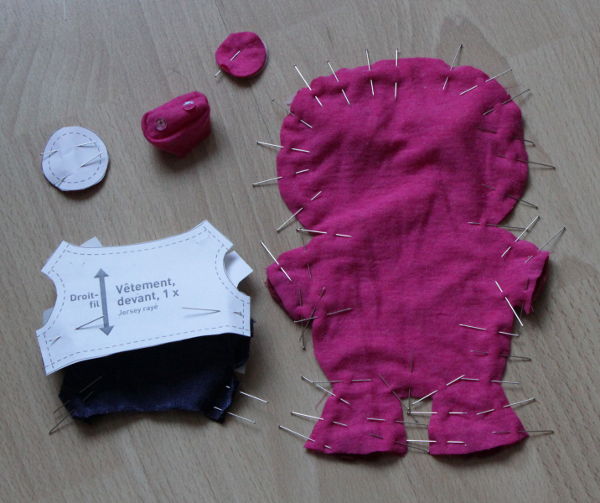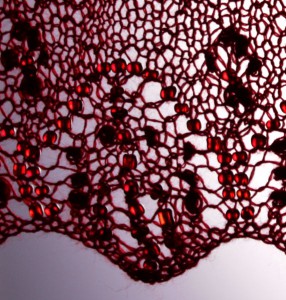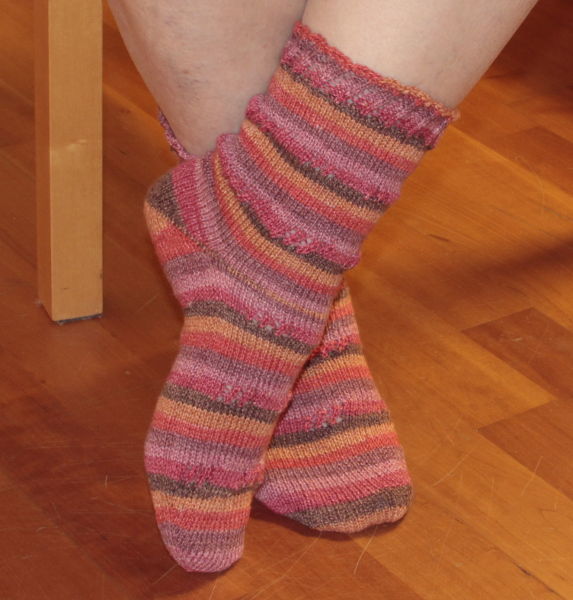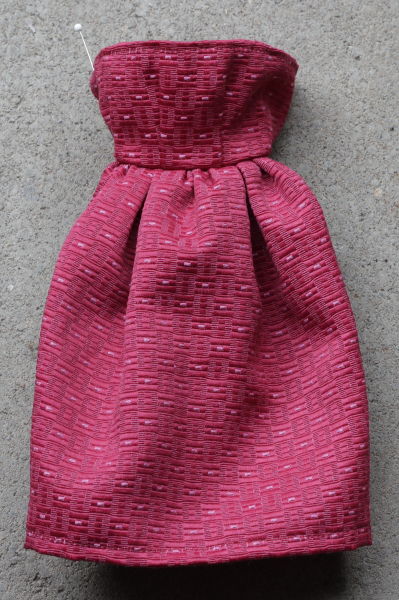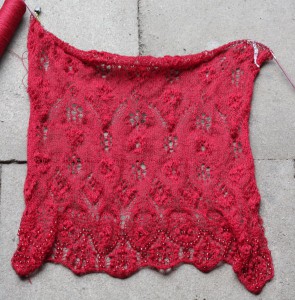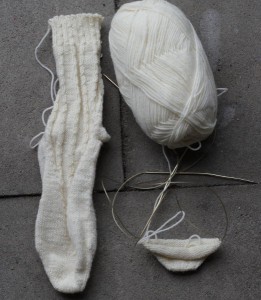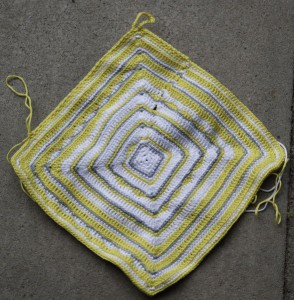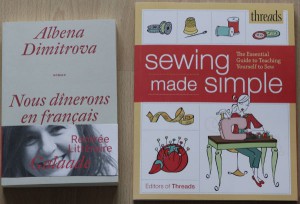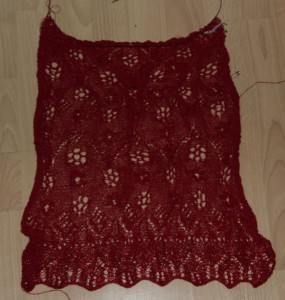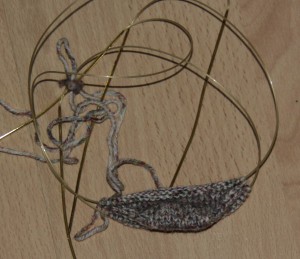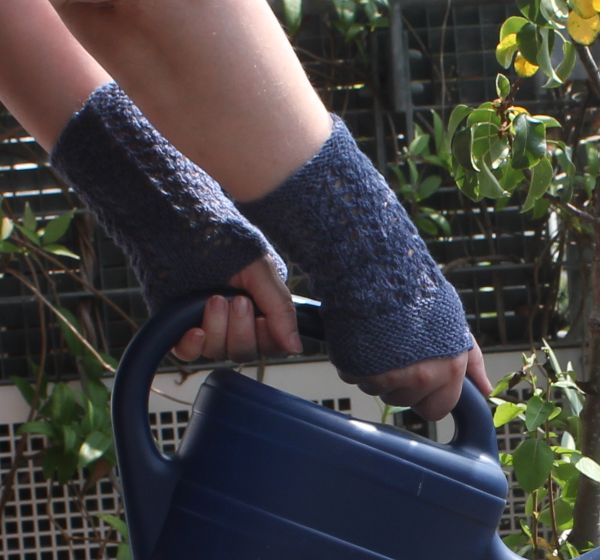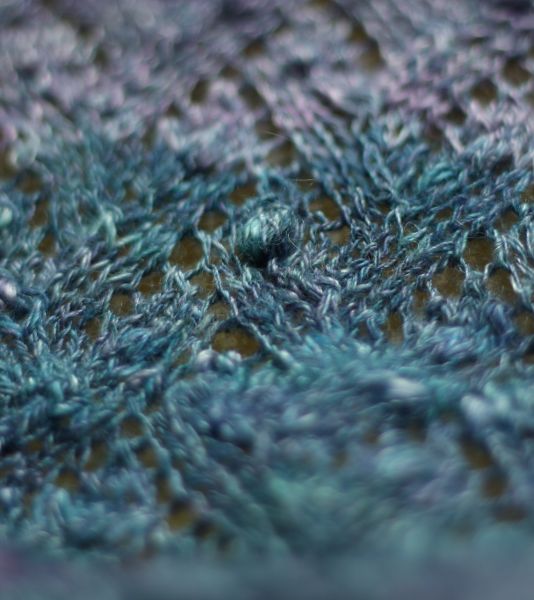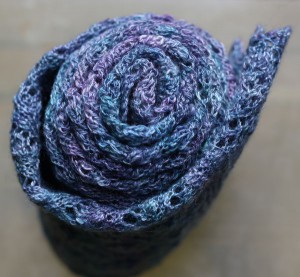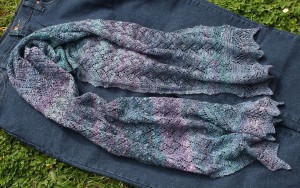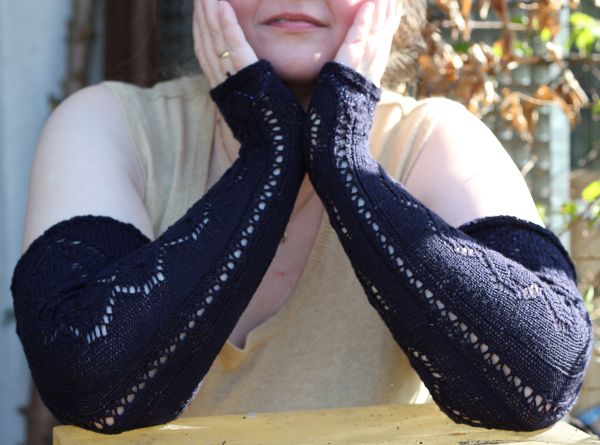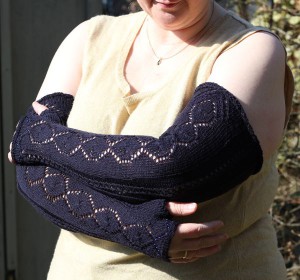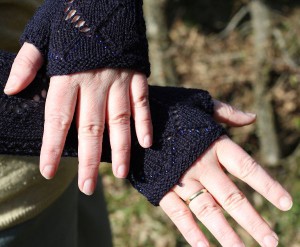Fresh from the needles August 2017
Und schon wieder habe ich kein Nähprojekt, denn ich habe in den letzten zwei Monaten offensichtlich zwei Nähprojekte fertig genäht. Das letzte allerdings unter Druck, da war eine Feier…
And again I have no unfinished sewing project, because evidently in the last two months I finished two sewing projects. The last one under a certain pressure, there was a birthday…
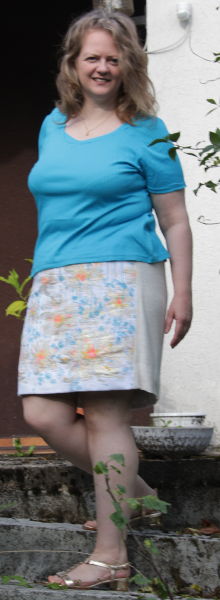 Deswegen gibt es ausnahmsweise mal ein Bild von einem fertigen Projekt. Den Stoff mit den Goldblüten hatte ich von Malhia Kent mitgenommen. Ja, im Juli erst. 😮 Da er nicht breit genug war, habe ich an der Seite Einsätze aus einem Feinstrick gemacht. So habe ich einen schicken Rock für die letzte und die nächsten Familienfeiern und bequem ist er auch. Mit Gummizug.
Deswegen gibt es ausnahmsweise mal ein Bild von einem fertigen Projekt. Den Stoff mit den Goldblüten hatte ich von Malhia Kent mitgenommen. Ja, im Juli erst. 😮 Da er nicht breit genug war, habe ich an der Seite Einsätze aus einem Feinstrick gemacht. So habe ich einen schicken Rock für die letzte und die nächsten Familienfeiern und bequem ist er auch. Mit Gummizug.
So this time a pic of a finished project. The fabric with the golden flowers I picked from the sales at Malhia Kent. Yes, that was July this year. 😮 Since it was not large enough I made insents from a knit fabric. Now I have a chique skirt for the last and the next family events. Which is comfortable, no zip, just elastic at the waist.
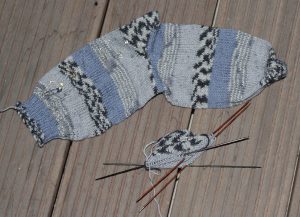 Bei den Socken bin ich auch ein Paar weiter. Wieder für die Weihnachtsaktion für Obdachlose in Köln. Eine langweilige Standardsocke in selbstmusterndem Garn. Crelando „Anika“ von Lidl.
Bei den Socken bin ich auch ein Paar weiter. Wieder für die Weihnachtsaktion für Obdachlose in Köln. Eine langweilige Standardsocke in selbstmusterndem Garn. Crelando „Anika“ von Lidl.
Socks are on my needles an I have started the next pair. Again for the Christmas party for the homeless in Cologne. Boring standard sock in selfstripeing yarn, Crelando „Anika“, purchased at Lidl.
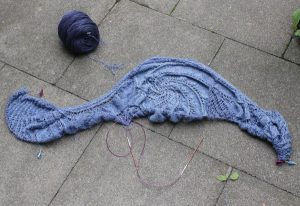 Mein Lacetuch aus dem Jakob Schaf wurde kurz nach dem Urlaub fertig, im Urlaub habe ich aber schon das spannende Lacetuch In the Pink angefangen. Man strickt Mittelteil und Seitenteile getrennt, dann erst wird zusammengefügt. Man sieht, so weit bin ich schon gekommen, daß es ein Teil ist.
Mein Lacetuch aus dem Jakob Schaf wurde kurz nach dem Urlaub fertig, im Urlaub habe ich aber schon das spannende Lacetuch In the Pink angefangen. Man strickt Mittelteil und Seitenteile getrennt, dann erst wird zusammengefügt. Man sieht, so weit bin ich schon gekommen, daß es ein Teil ist.
My lace shawl from Jacob sheep was not finished before my holiday and meanwhile it is. While being on holiday I start the thrilling to knit In the Pink lace shawl. You knit middle part and two sides separately and then connect the pieces and go on. You see that I already connected the pieces.
Das Garn ist ein Farbverlaufsgarn, „Lace 4fädig“ von 100 Farbenspiele. Für gefachtes Garn funktioniert das trotz lustiger Dinge wie links verschränkt zusammenstricken ganz gut.
The yarn changes the color from light blue to dark blue and is „Lace 4fädig“ by 100 Farbespiele. It’s a yarn without twist, so it was not easy to knit stuff like „ptogtbl“, but all in all it works fine.
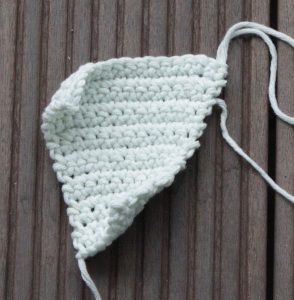 Dann habe ich gerade heute noch ein schnelles (hoffentlich) Projekt begonnen. Mein Fahrradsattel aus Leder färbt nämlich leider ab, daher häkle ich jetzt einen Bezug.
Dann habe ich gerade heute noch ein schnelles (hoffentlich) Projekt begonnen. Mein Fahrradsattel aus Leder färbt nämlich leider ab, daher häkle ich jetzt einen Bezug.
And then I started a new project today. Hopefully a quick one. My leather bike saddle leaves stains on the clothes, so I am making a cover in crochet.
Die Anleitung dafür habe ich im „1 Knäuel häkeln“ Buch gefunden und als Baumwollgarn ein Knäuel „Cotton Club“ von Cascade Yarns in einem zarten Grün. Das passt von der Garnstärke her gut. Allerdings kann es sein, daß ich am Ende alles wieder aufribbeln muß. Die Anleitung verbraucht doppelt so viel Garn, allerdings werden da noch viele, viele Fransen eingeknüpft, was ich ja nicht vor habe. Also mal sehen…
The instructions are from the book „1 Knäuel häkeln“ and I used „Cotton Club“ by Cascade Yarns in a light green. It has the right weight. But it might happen that I have to frog everything. The instructions call for about twice as much yarn than I have. But the instructions also make a zillion of fringes, what I do not plan to do. So we’ll see…

